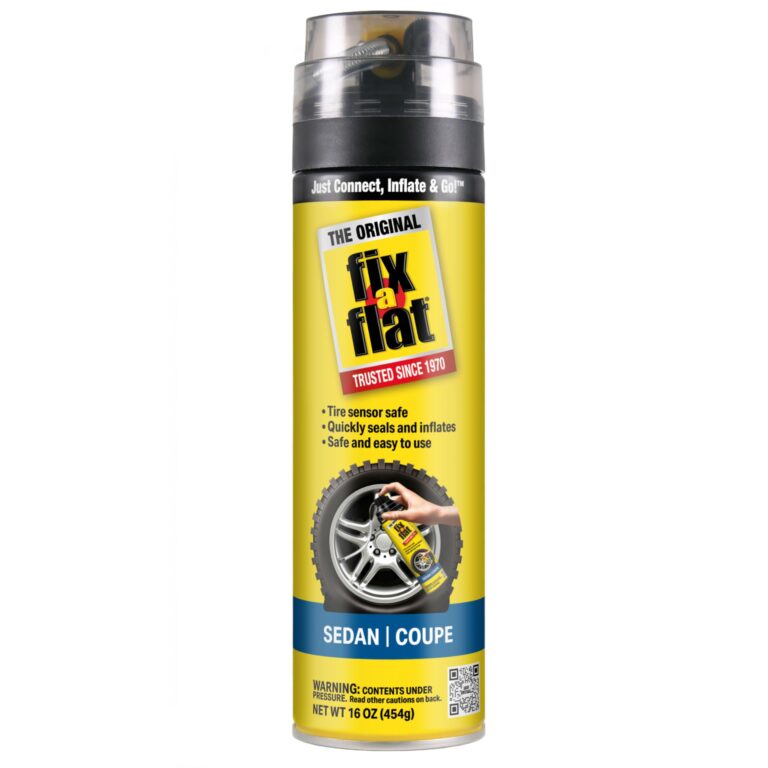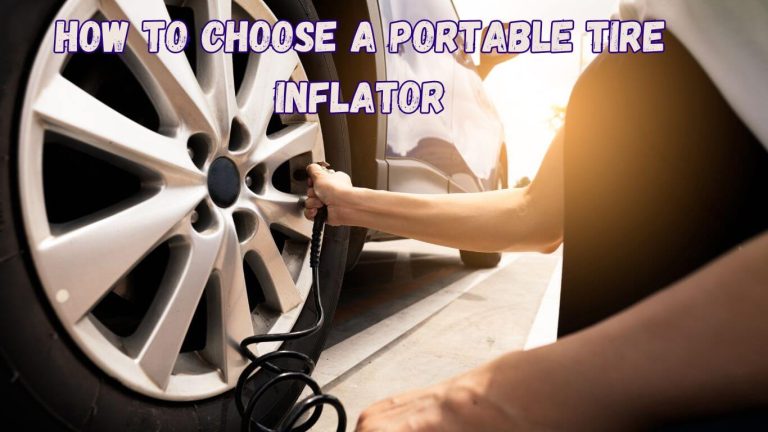How To Inflate A Tubeless Mountain Bike Tire
Flat tire on a trail? It’s a mountain biker’s worst nightmare! But knowing how to put air in a tubeless mountain bike tire can save your ride. This guide will teach you the proper techniques and troubleshooting steps to get back on the trail quickly and confidently, equipping you with the knowledge to handle any flat tire situation with ease. You’ll learn about the tools needed, the process itself, and common issues faced while inflating tubeless mountain bike tires.
Understanding Tubeless Tire Systems
Tubeless tires offer several advantages over traditional tube-and-tire systems, including reduced rolling resistance, improved traction, and a lower risk of pinch flats. However, they require a specific setup and inflation technique. This section covers the fundamental components and principles of tubeless tire systems.
Tubeless Tire and Rim
- Tubeless-ready tires are designed with a tighter bead to create an airtight seal with the rim. These tires often have a stronger sidewall to withstand higher air pressures.
- Tubeless-ready rims have a specific bead hook design to securely hold the tire bead in place, ensuring a leak-proof seal when inflated.
Sealant
- Tubeless sealant is a liquid latex-based substance that is poured inside the tire to seal punctures. Sealant flows into the puncture and solidifies, preventing air leakage. Different sealants have different viscosities and longevity.
- Regularly checking and replenishing your sealant is crucial for maintaining a reliable tubeless system. A lack of sealant can make tire inflation more difficult and reduce the system’s ability to self-seal.
Air Pressure
- Proper air pressure is essential for optimal performance and safety. Too low, and you risk pinch flats; too high, and you compromise comfort and control. Refer to the sidewall of your tire for the recommended pressure range.
- Air pressure can affect rolling resistance and grip. Experiment with different pressures to find what suits your riding style and terrain best. This may vary significantly between front and rear tires, and even change based on trail conditions.
Essential Tools for Tubeless Tire Inflation
Before you begin, make sure you have all the necessary tools. Improper tools can lead to difficulties and even damage to your equipment. This section details the crucial tools you will need for successful tubeless inflation.
High-Volume Air Pump
- A high-volume floor pump is ideal for quickly and efficiently inflating tubeless tires. It provides the necessary air volume to overcome the initial resistance of seating the tire bead.
- A hand pump will be significantly more difficult, if not impossible. The effort required to seat a tubeless tire bead is very high, especially on wider tires with higher sidewall volume.
Tubeless Tire Valve
- Tubeless valves are typically Presta valves, designed for higher pressure applications and to be compatible with the tubeless system. Using a standard valve can lead to air leakage.
- Ensure that your valve core is fully closed, minimizing the possibility of air escaping when the tire is being seated.
Tire Levers (Optional but Recommended)
- While sometimes not needed, tire levers can help seat the stubborn tire bead onto the rim. Use them carefully to avoid damaging the rim or tire.
- Plastic tire levers are generally preferred over metal to minimize the chance of scratching the rim. Several brands offer specialized tubeless tire levers with rounded edges.
The Process of Inflating a Tubeless Mountain Bike Tire
With the right tools and understanding of the process, inflating a tubeless tire is achievable. This section provides a step-by-step guide, covering the crucial steps in the proper inflation process.
Preparing the Tire and Rim
- Inspect the tire and rim for any debris or damage that could hinder a proper seal. Clean the tire bead and rim edges thoroughly.
- Ensure the tire is properly seated on the rim. If sections are not seated correctly, use tire levers to work the tire onto the rim before attempting inflation.
Adding Sealant (if needed)
- If your tire is new or you’ve recently had a puncture, add sealant before inflation. Follow the instructions on your sealant container.
- Proper sealant volume is important; too little will not seal, and too much will create unnecessary weight and potentially slow the rotation of the wheel.
Inflating the Tire
- Using a high-volume pump, begin inflating the tire. You’ll likely hear a loud “pop” as the tire bead snaps into place on the rim. This usually occurs suddenly.
- If the tire doesn’t seat immediately, carefully inspect if a section of the tire bead hasn’t seated into the rim properly. Use tire levers to help seat the beads into the rim and repeat the inflation process.
Checking for Leaks
- After successfully seating the tire, check for any leaks. Inspect the tire bead thoroughly to ensure a proper airtight seal.
- Use soapy water solution (dish soap in water) to identify any small leaks. The soapy water will create bubbles at the points of air leakage.
Troubleshooting Common Tubeless Tire Inflation Problems
Sometimes, even with the right approach, challenges may arise. This section will help you diagnose and solve the most commonly encountered issues during tubeless tire inflation.
Tire Bead Won’t Seat
- Problem: The tire bead refuses to seat despite applying significant air pressure.
- Solution: Check for debris or obstructions preventing a proper seal. Use tire levers to carefully seat the bead, ensuring it’s fully in the rim channel. Consider using a compressor for higher initial pressure.
Slow Leak
- Problem: The tire slowly loses pressure even after the bead has seated.
- Solution: Use soapy water to identify the source of the leak. This might be from a small puncture, an improperly seated valve core, or damage to the tire itself.
Sealant Doesn’t Seal Punctures
- Problem: The sealant fails to seal punctures despite having enough sealant.
- Solution: Consider trying a different brand of sealant that’s better suited to the size of your puncture. Make sure your sealant is fresh and not expired.
Myths About Tubeless Tire Inflation
Myth 1: Tubeless tires are always easy to inflate.
Many mountain bikers find tubeless tire inflation frustrating during their first attempts. The process takes practice, and some tires require more effort than others. The difficulty depends on the rim, tire, and sealant.
Myth 2: You always need a compressor.
While a compressor can make the process easier, it is not strictly necessary. A high-volume floor pump is usually enough. If you are consistently struggling with inflation, it might be beneficial to consider an air compressor, especially for larger tires.
Myth 3: Tubeless tires are puncture-proof.
Tubeless tires are better at preventing punctures than traditional tube tires because of the sealant, but they are not indestructible and will still require proper care. Larger punctures often will require a patch repair.
FAQ
What is the best type of pump for tubeless tires?
A high-volume floor pump is generally best for tubeless tires. Hand pumps struggle to provide the necessary air pressure for seating the tire bead.
How much sealant should I use?
The amount of sealant depends on the tire size. Check the instructions provided by your sealant manufacturer. Generally, more is better for puncture protection.
What if my tire still leaks after inflation?
Inspect the tire and rim for any holes or damage. Check the valve core to make sure it’s securely closed. If the leak persists, consider a tire patch repair, and/or replacement of the tire itself.
What is the purpose of tubeless tire sealant?
Tubeless sealant acts as a preventative against punctures. If a puncture occurs, the sealant instantly seals the hole to maintain air pressure.
Why is my tire bead so difficult to seat?
This can be caused by a number of factors such as using the wrong tire or rim, not enough sealant, dirt or debris in the tire bead and rim, or an improperly installed valve stem. It’s a process that may require multiple attempts.
Can I use a regular bike pump?
While you might be able to inflate a tubeless tire with a regular bike pump, it’s not advisable. High-volume pumps are better suited to overcome the initial resistance of seating the bead.
My tire keeps deflating, what should I do?
Check for leaks using a soapy water solution to find the point of air leakage. Inspect the valve stem for damage and inspect the bead seat for imperfections. You may need to re-seat the bead or add more sealant.
Final Thoughts
Mastering the art of how to put air in a tubeless mountain bike tire is a valuable skill for any mountain biker. While it might seem daunting at first, with the right tools and techniques, you can confidently handle flat tires on the trail. Remember to always check your tire pressure regularly and keep your sealant levels topped up to maximize performance and prevent unexpected flats. Practice makes perfect – soon, you’ll be able to inflate your tubeless tires quickly and efficiently, keeping your rides smooth and enjoyable.


